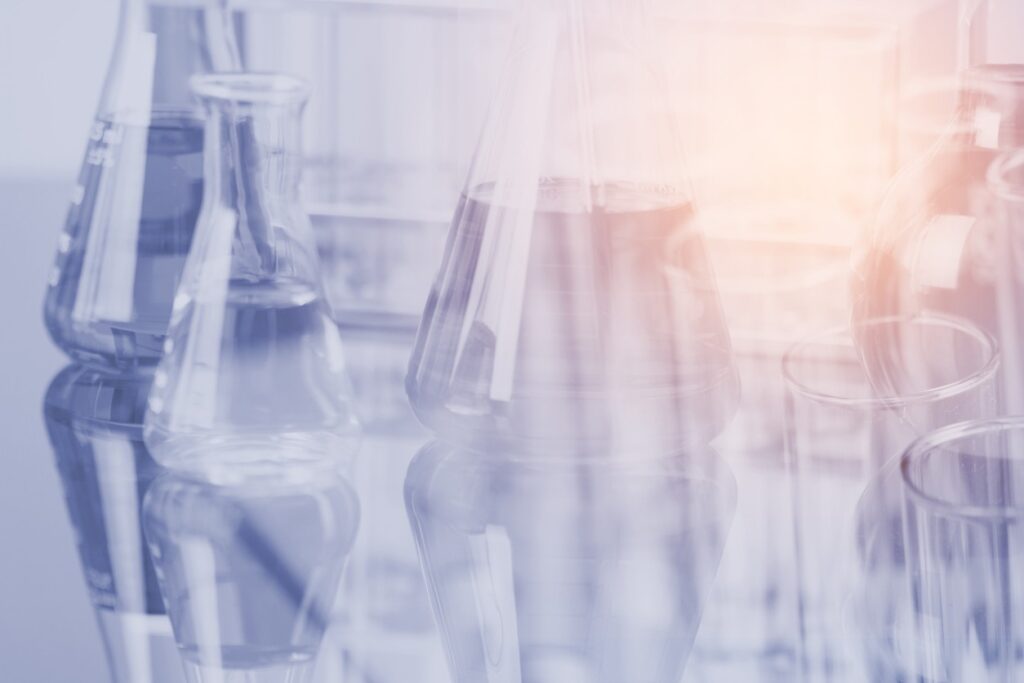Peptide Blog
All articles and shared info are for educational purposes only.
Latest Peptide Articles
Kisspeptin-10 Peptide: Neuroprotection, Hormonal and Reproductive Regulation
Kisspeptin-10, an endogenously occurring peptide, is derived from the KISS1 gene. The original 145-amino acid polypeptide undergoes proteolytic cleavage to yield a smaller peptide comprised of 54 amino acids. This 54-amino acid peptide is further processed into Kisspeptin 45-54, commonly referred to as Kisspeptin-10. The KISS1 gene has been identified as a potential suppressor of...
Vialox Peptide: Neuromuscular Transmission and Skin Wrinkle Reduction
Vialox, also known as Pentapeptide-3v, is a synthetic peptide characterized by the amino acid sequence GPRPA. This molecule is posited to function through the inhibition of neuronal nicotinic acetylcholine receptors located within the postsynaptic membrane of muscle cells. These receptors are deemed responsible for the transmission of signals from nerve cells to muscle cells, which...
Retatrutide Peptide, and Advances in Energy Intake and Metabolism Research
Retatrutide, also known by the identifier LY3437943, is a synthetic peptide characterized as a triple receptor agonist, comprising a sequence of 39 amino acids. Designed as an analog to gastric inhibitory polypeptide (GIP), this compound reportedly exhibits additional affinity towards the glucagon-like peptide-1 receptor and the glucagon (GCG) receptor. These receptors typically bind to their...
Research in LL-37 Peptide and Immunomodulation, Disease Pathophysiology
LL-37 peptide, also recognized as Cathelicidin, appears to be a significant player in the realm of antimicrobial peptides (AMPs), characterized by its cationic nature and composed of 37 amino acids. LL-37 is primarily synthesized in neutrophils, though its presence extends to macrophages and polymorphonuclear leukocytes. This cationic peptide, a member of the antimicrobial peptide (AMP)...
Comprehensive Research on ACE-031 Peptide Across Metabolism, Cancer, and Muscle
ACE-031 peptide, referred to as ActRIIB-IgG1 peptide, is identified as a myostatin inhibitor. Structurally, it constitutes a fusion compound merging activin receptor type IIB (ACV2RB) with recombinant immunoglobulin IgG1 FC, an antibody variant. Research suggests its solubility and potential to impede circulating myostatin, ostensibly averting the inhibitory action that native ACV2RB receptors are considered to...
AICAR Peptide: Insulin Sensitivity, Apoptosis, and Endurance
In the realm of cellular energetics and metabolic regulation, the peptide AICAR has emerged as a pivotal research compound as it appears to offer compelling prospects for research exploration. Analogous to adenosine monophosphate (AMP), a fundamental nucleotide pivotal in cellular energy metabolism, AICAR (short for 5-aminoimidazole-4-carboxamide ribonucleotide) has garnered attention for its potential in various...
GHRP-2 Peptide – Research in Growth Hormone Deficiency Diagnosis and Hormonal Modulation
Growth Hormone Releasing Peptide-2 (GHRP-2), also known as pralmorelin, stands as a synthetic peptide reportedly designed to mimic the actions of ghrelin, an endogenous peptide considered to be crucial in various physiological processes. Ghrelin, initially discovered in stomach tissues and comprised of 28 amino acids, is considered by scientists to play pivotal roles in regulating...
Nonapeptide-1: Research on Skin Pigmentation
Nonapeptide-1 peptide initially derived from the yeast Streptomyces clavifer, is currently synthesized using recombinant genetic technology. This peptide since appears to have evolved into a potent inhibitor of melanin formation, as suggested in laboratory studies involving yeast and melanoma (skin cancer) cells. Comprising the amino acids arginine, lysine, methionine, phenylalanine, proline, tryptophan, and valine, Nonapeptide-1...
CJC-1295 and Ipamorelin Peptide Blend – Scientific Observations
Ipamorelin and CJC-1295 peptides are classified as growth hormone secretagogues. Ipamorelin is a synthetic pentapeptide, while CJC-1295 is composed of 29 amino acids. Ipamorelin falls within the classification of peptides known as growth hormone secretagogues (GHSs), which are presumed to stimulate the release of growth hormones without being growth hormone releasing peptides themselves. Conversely, researchers...









